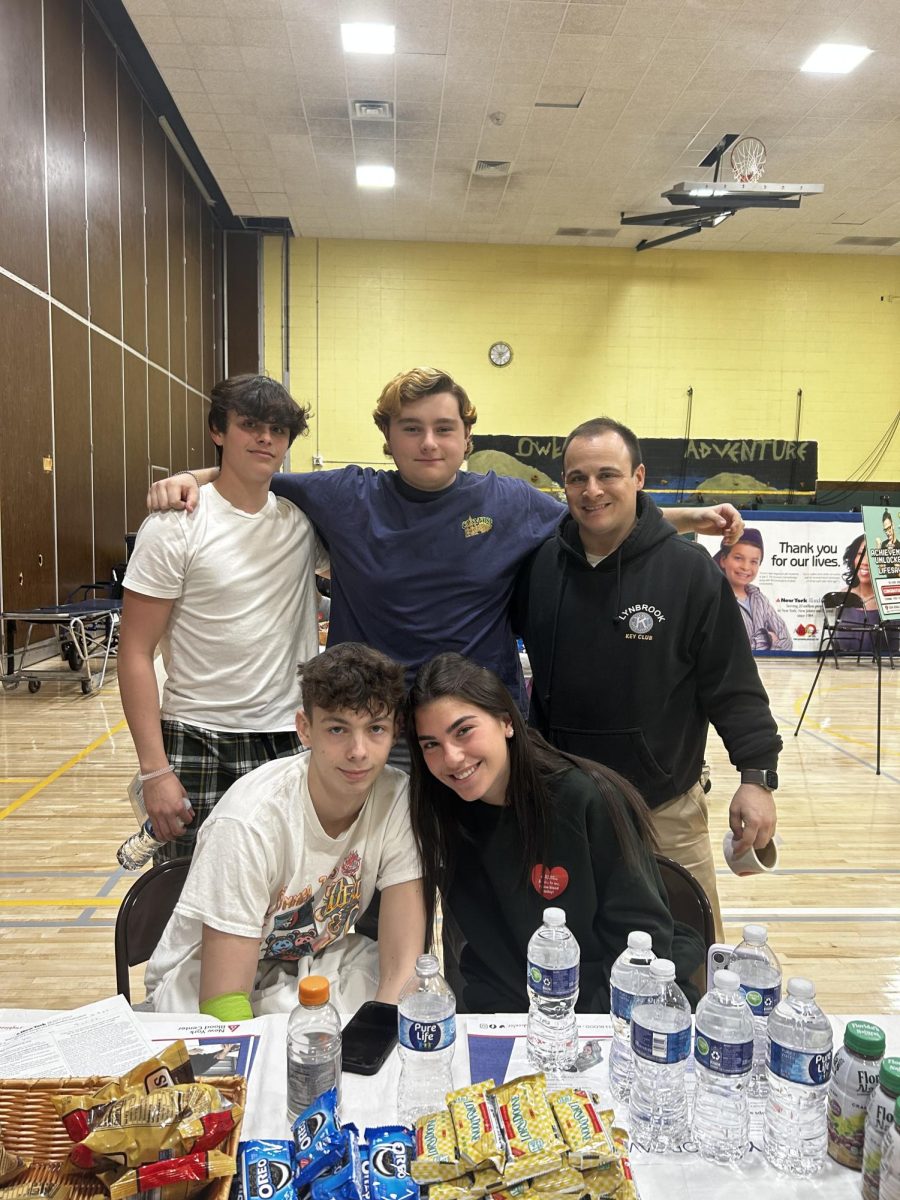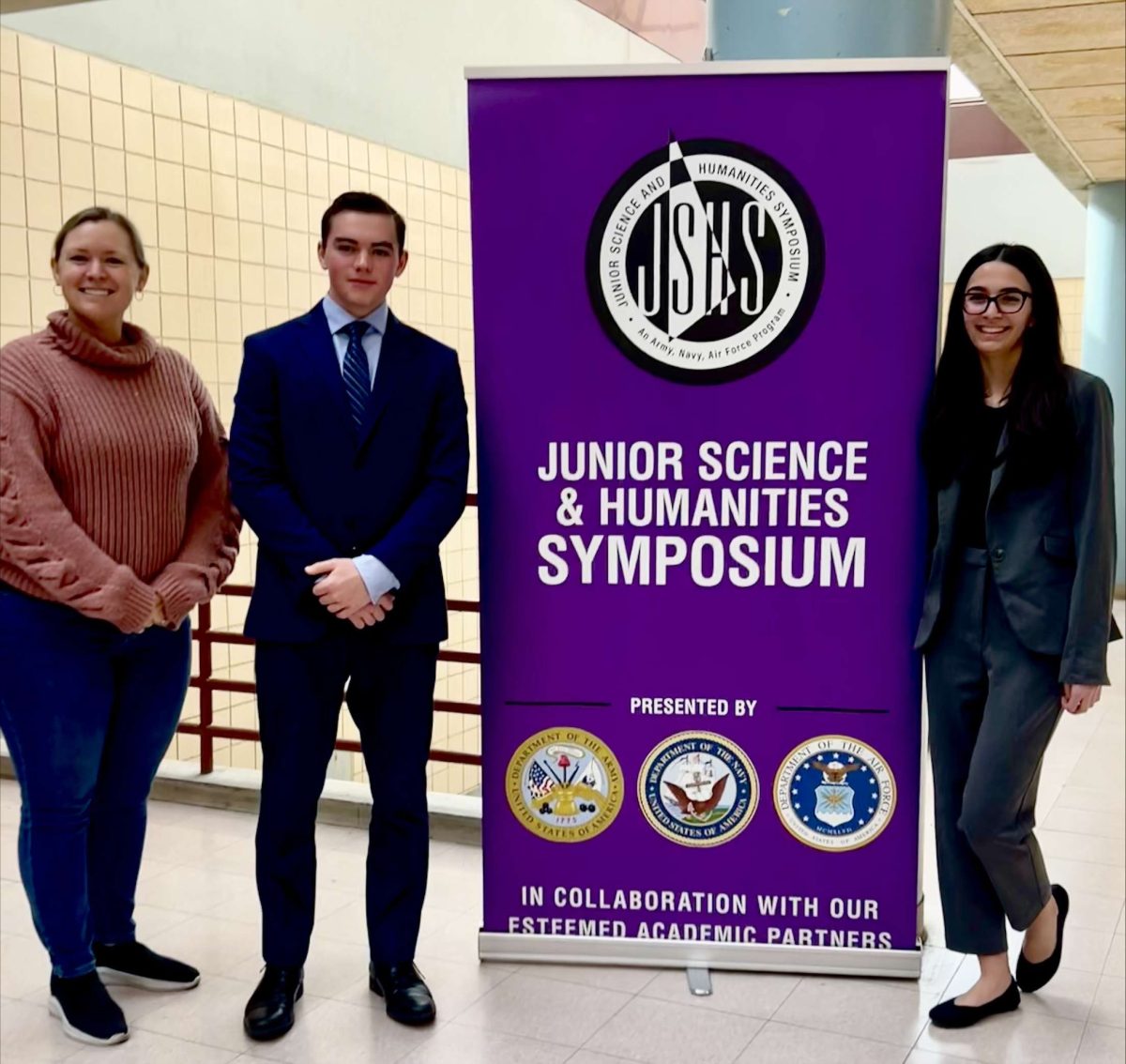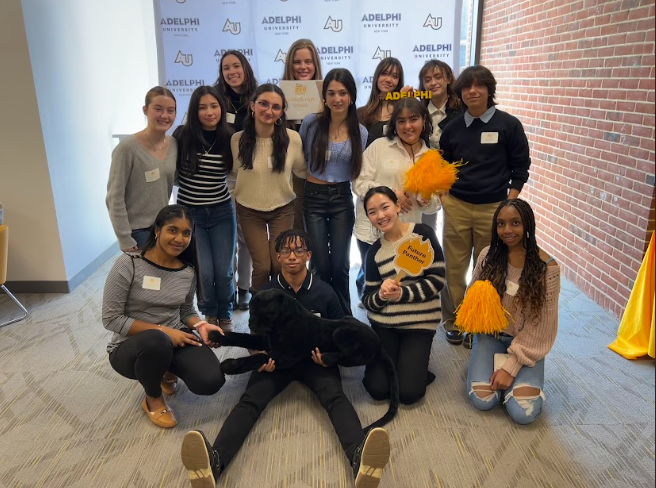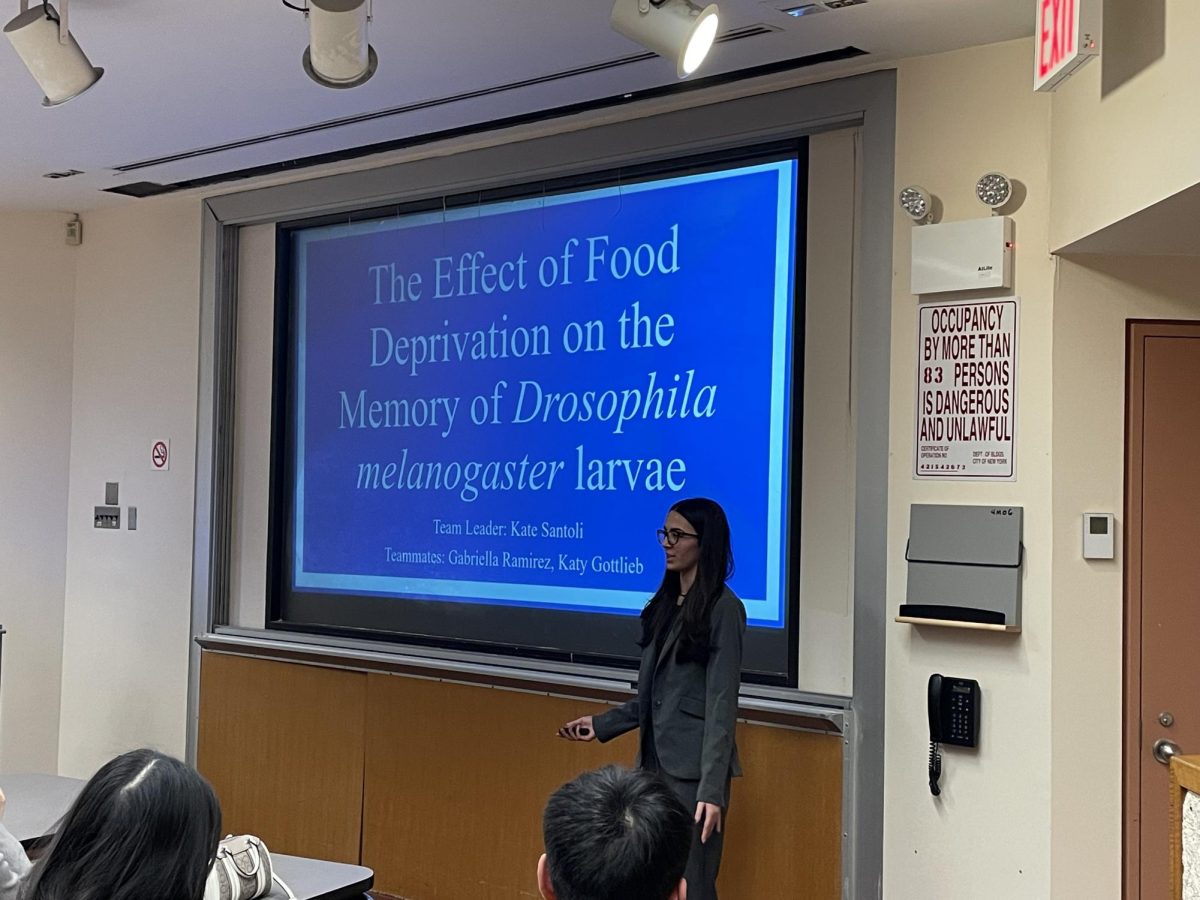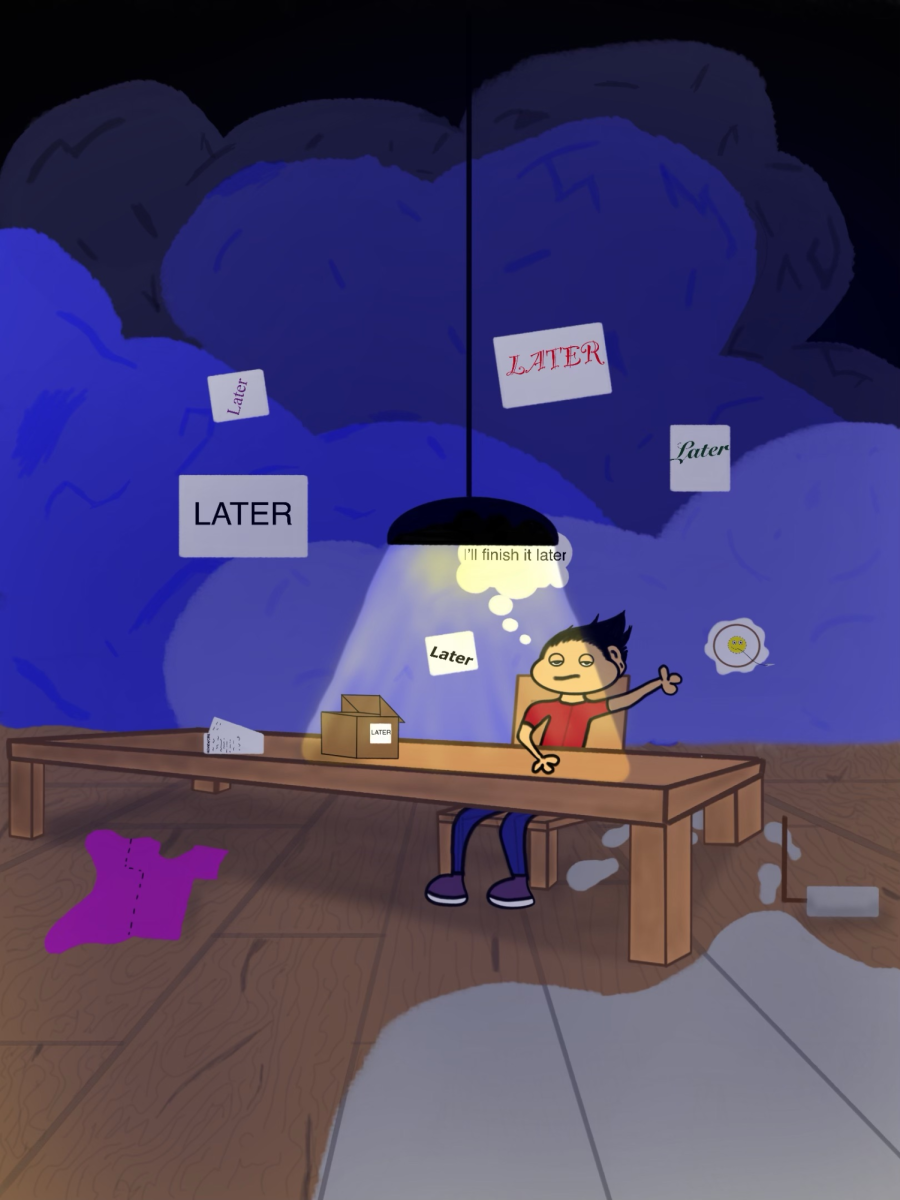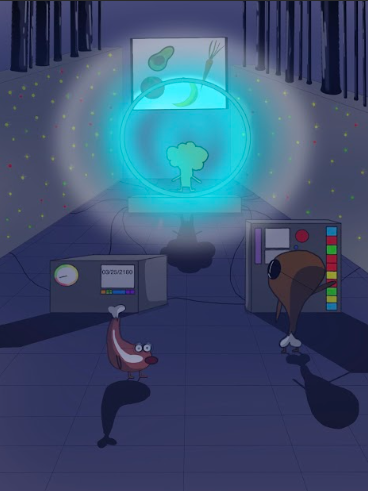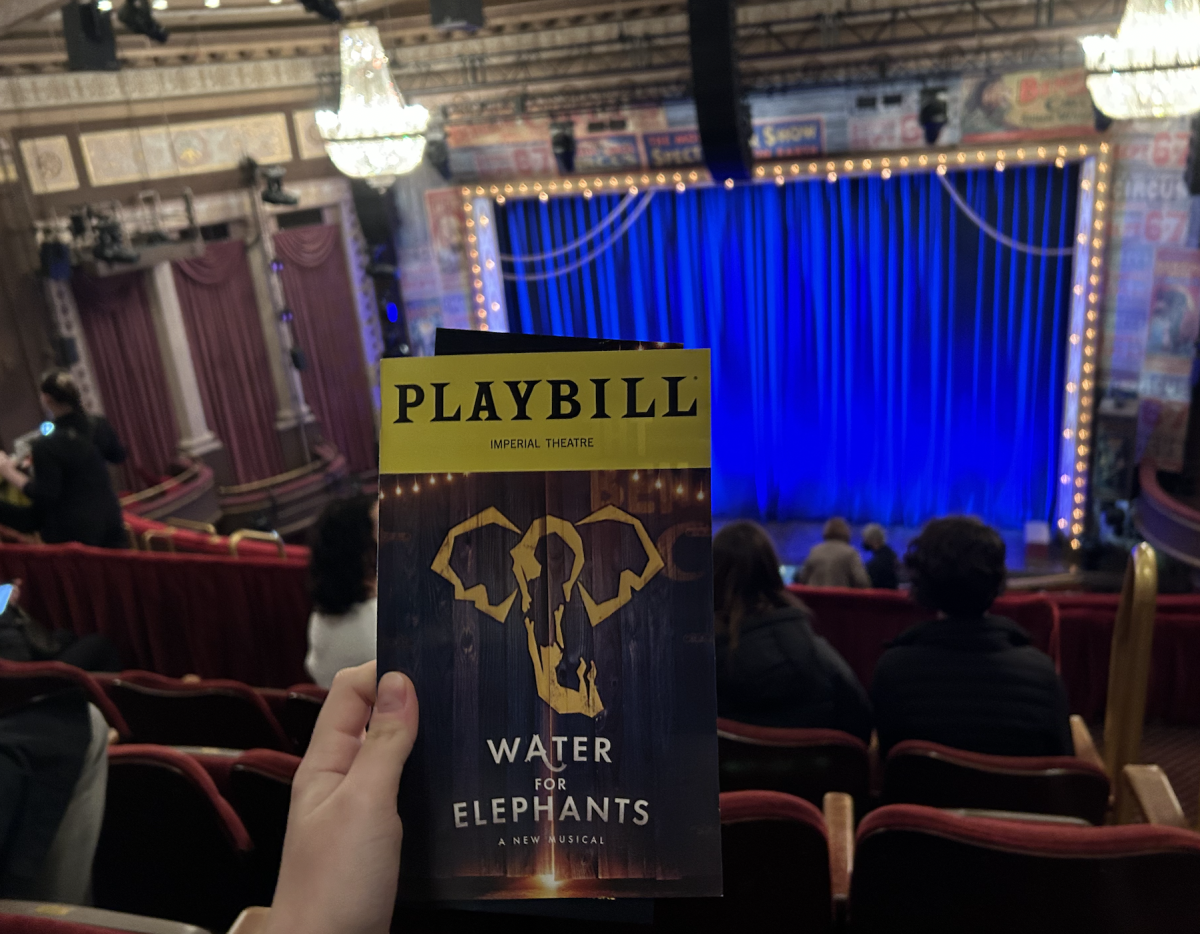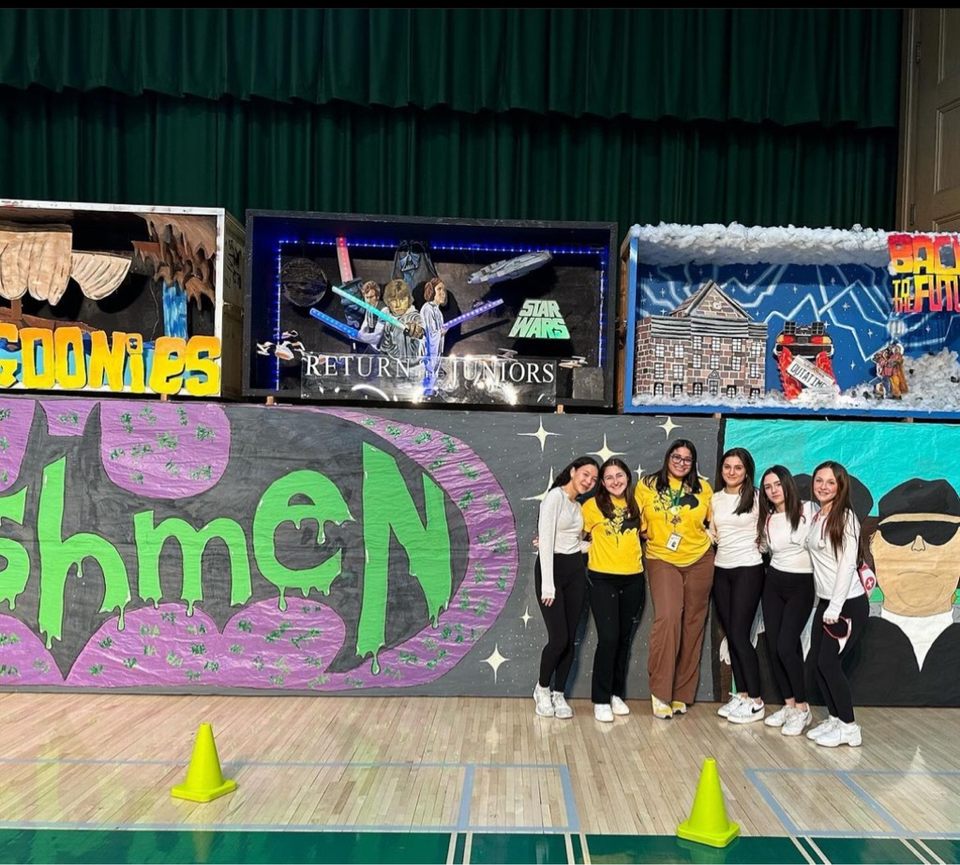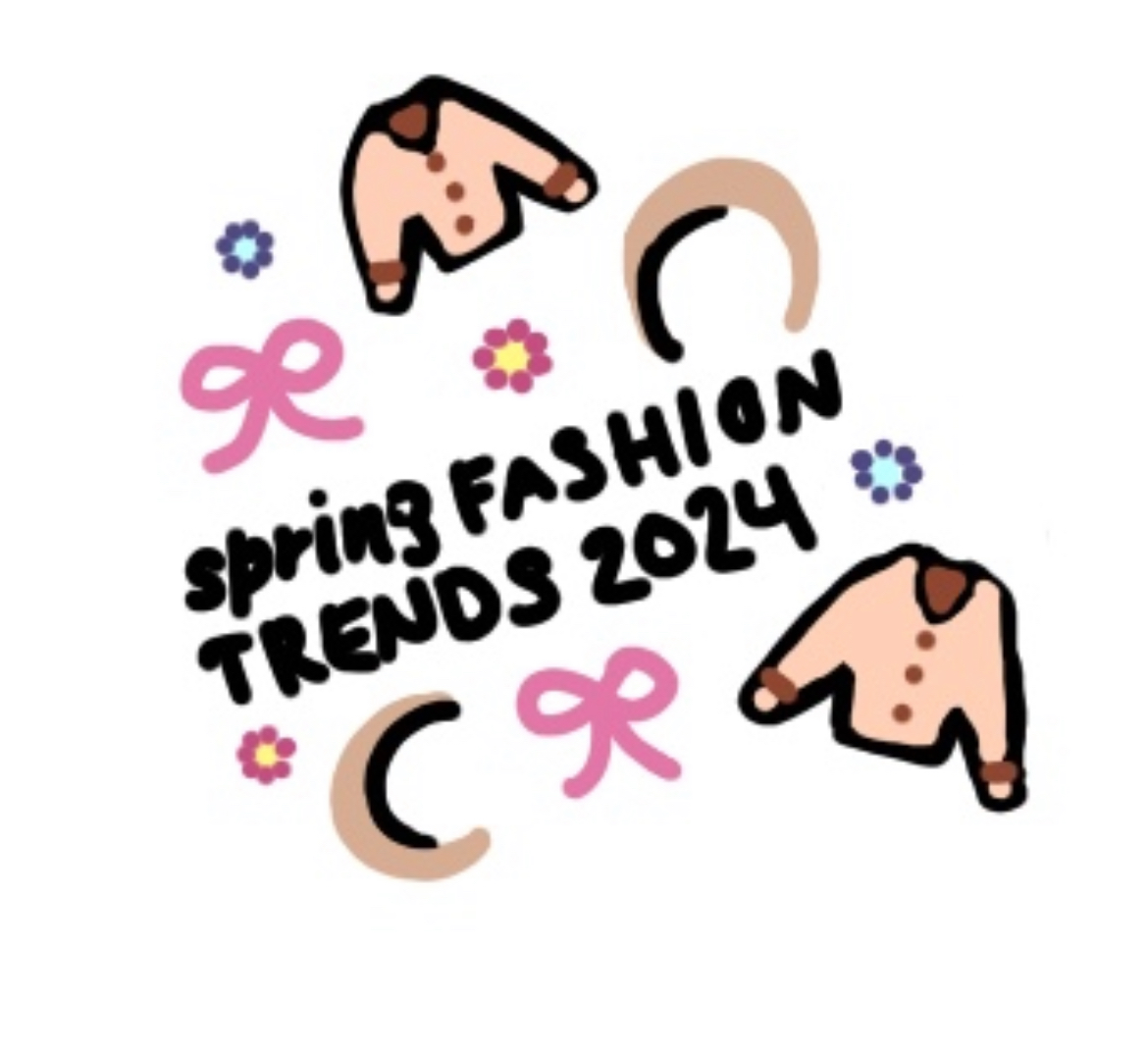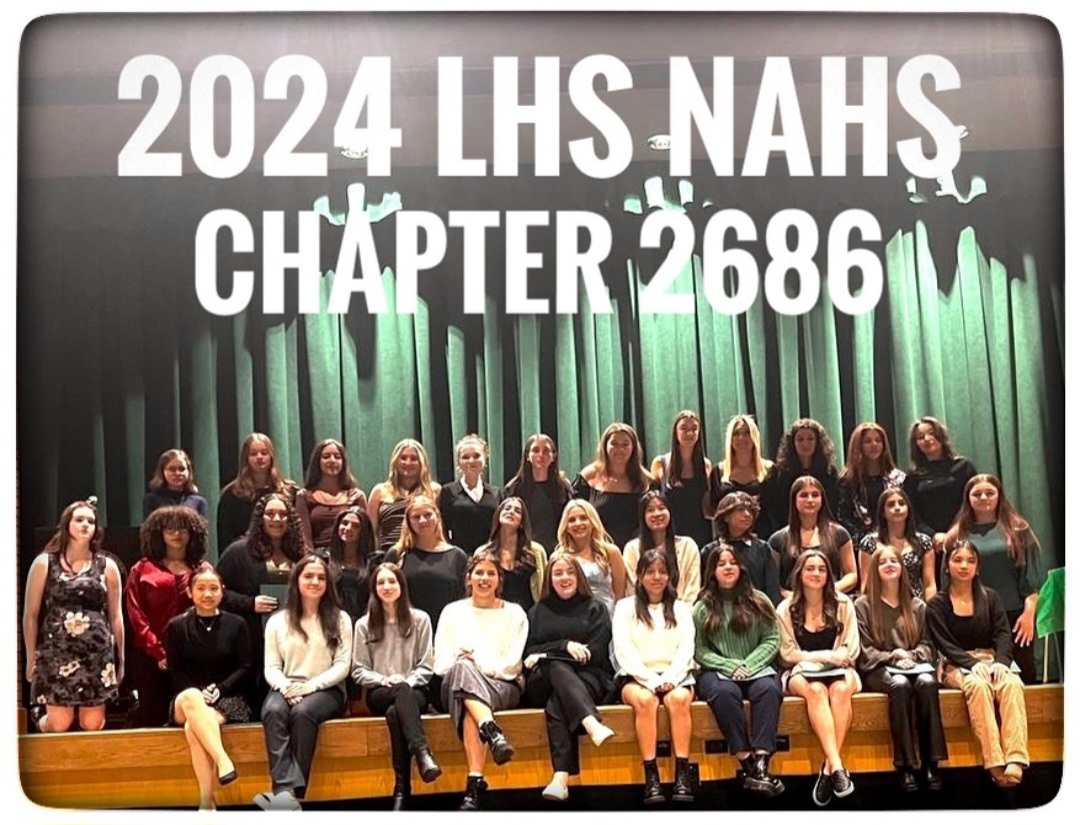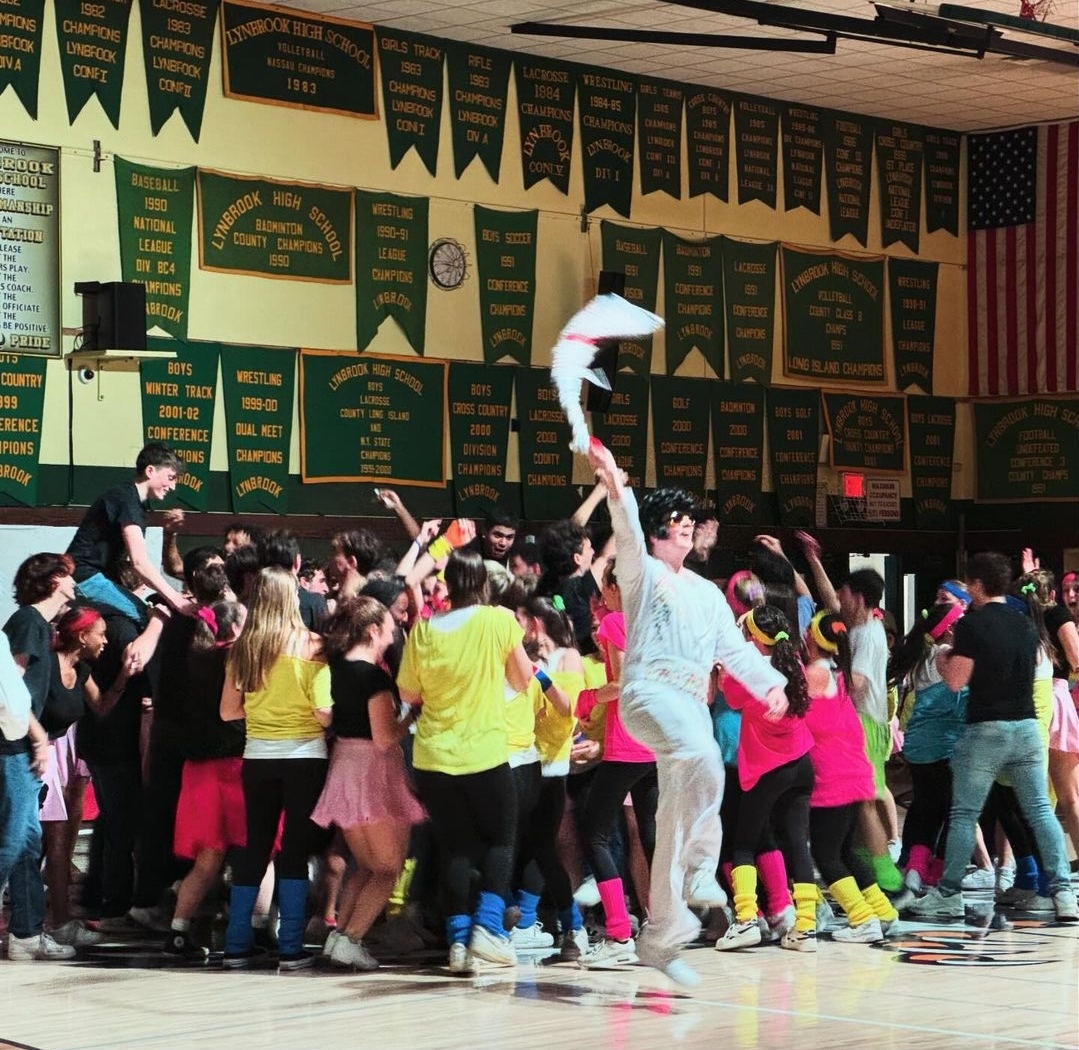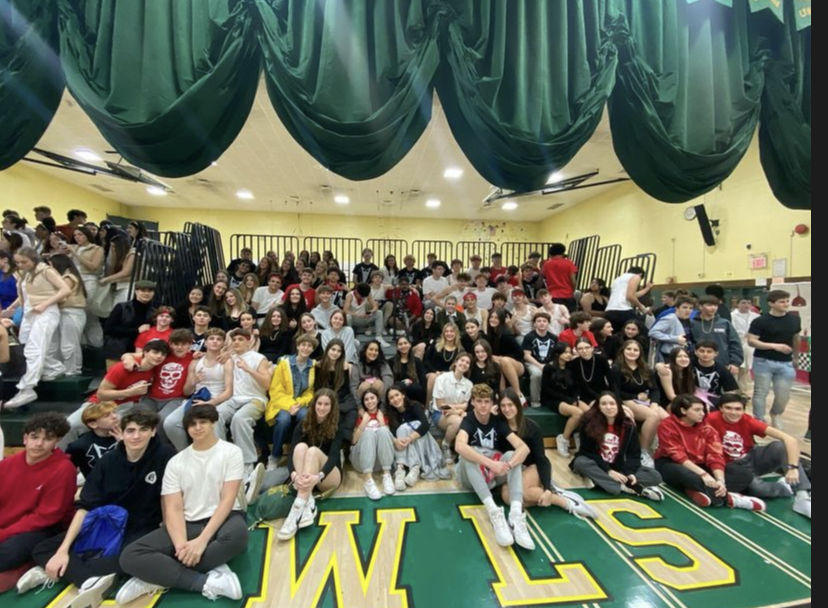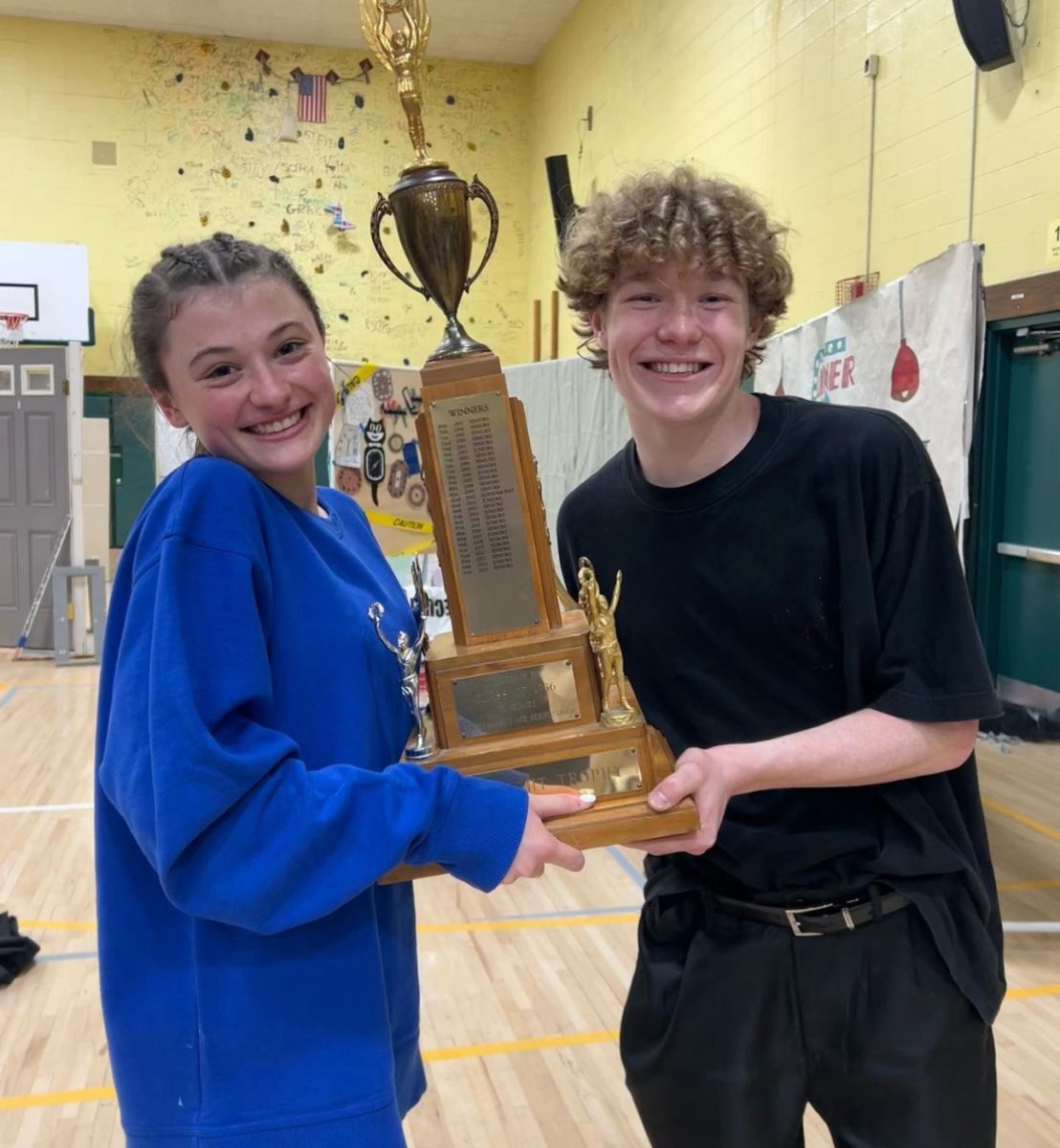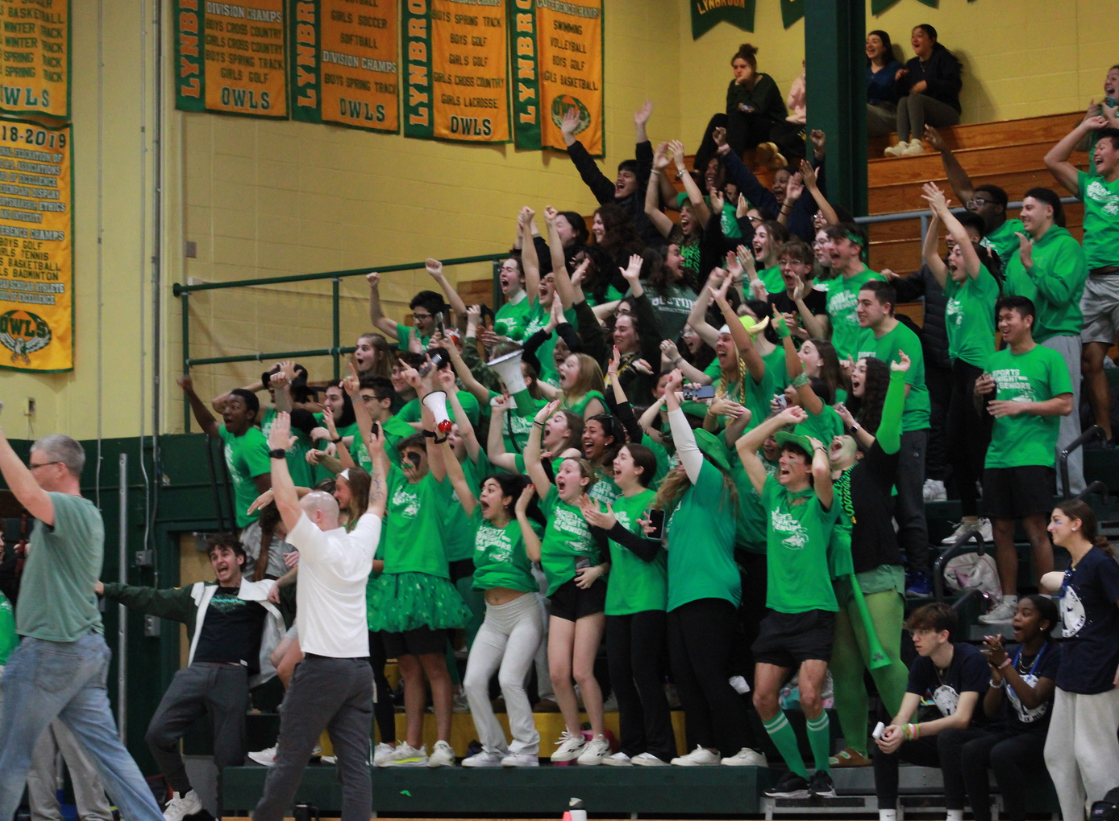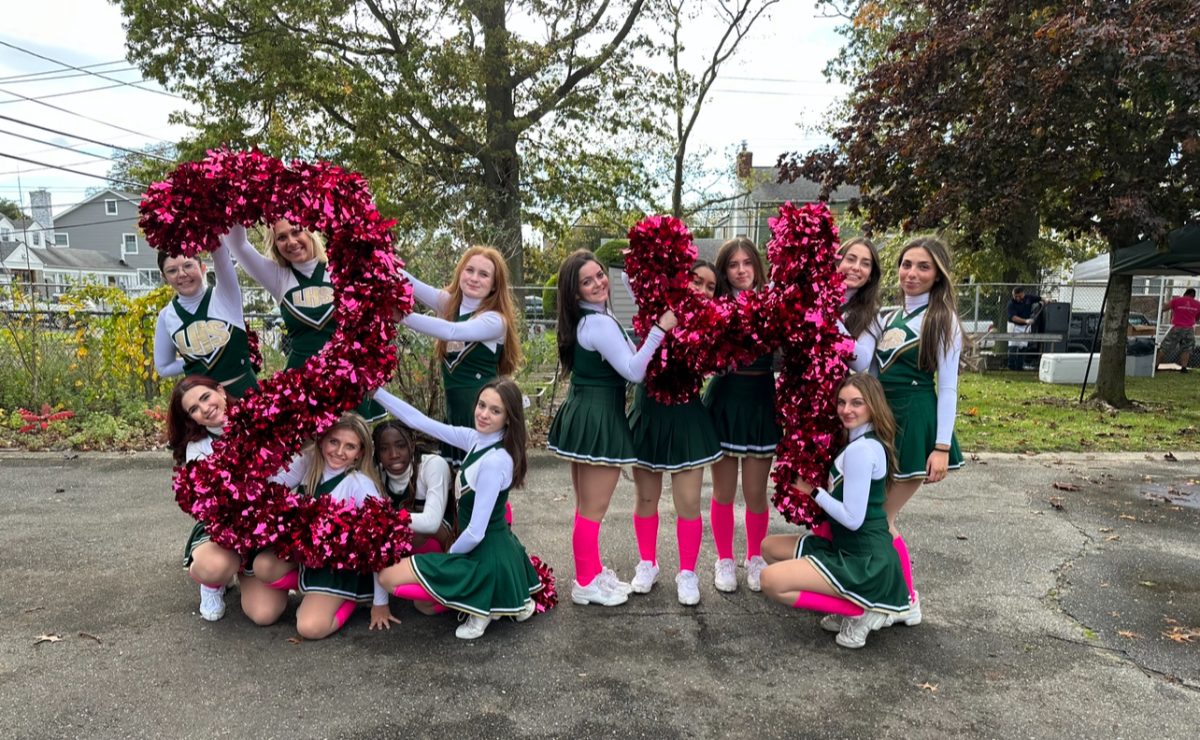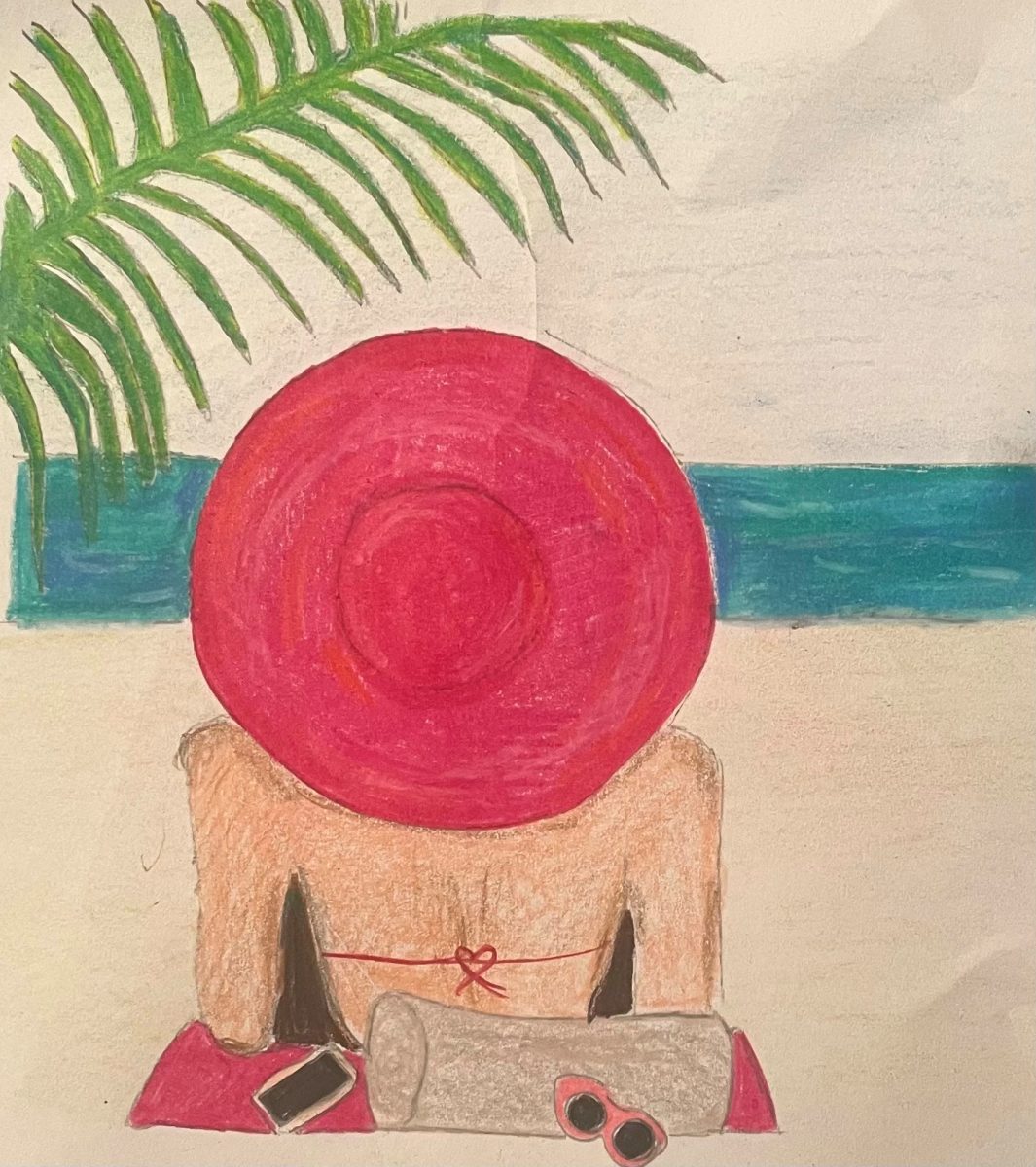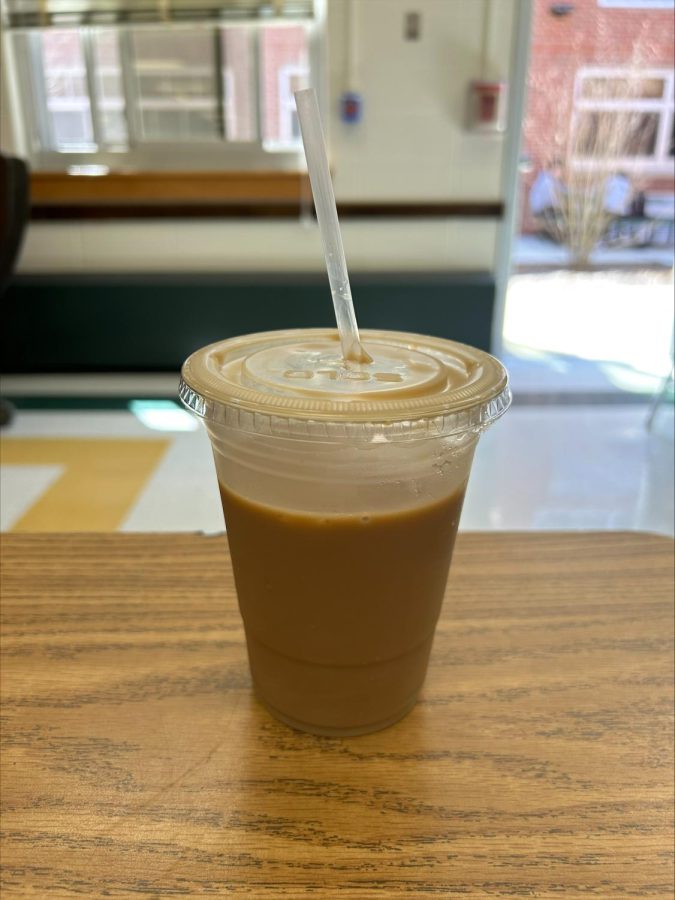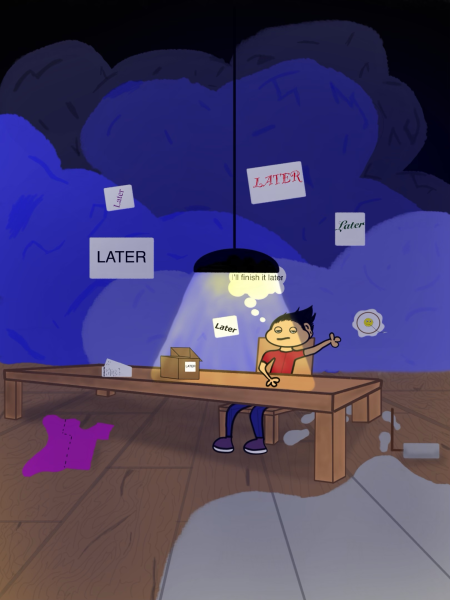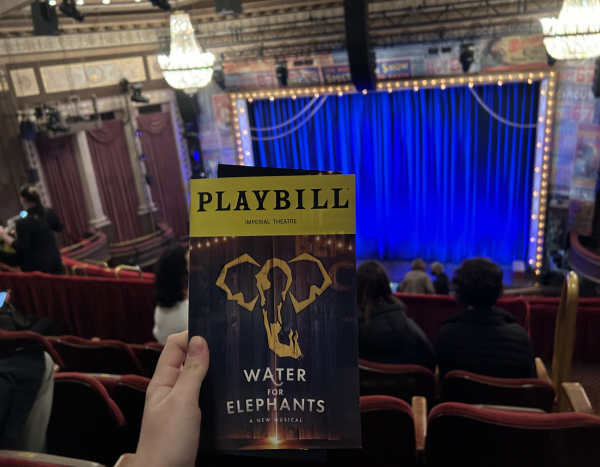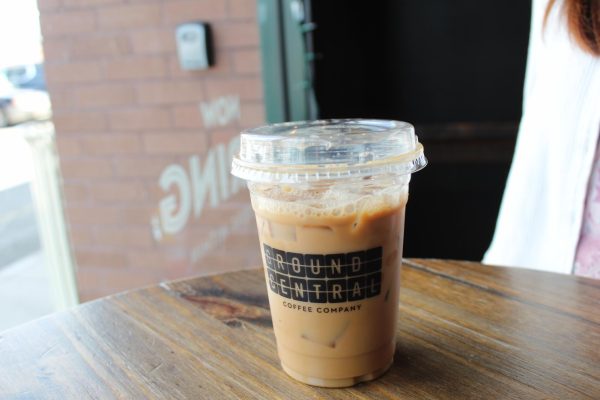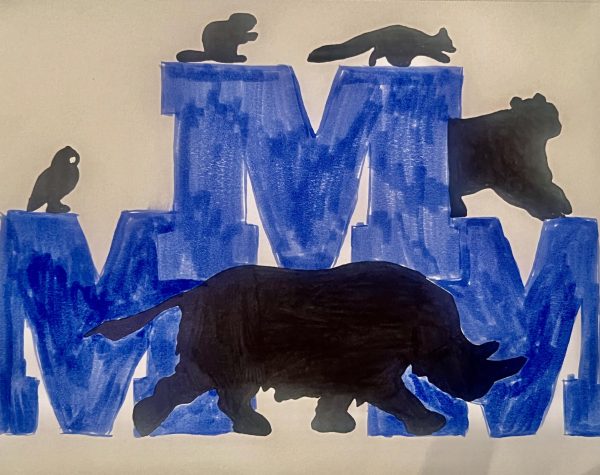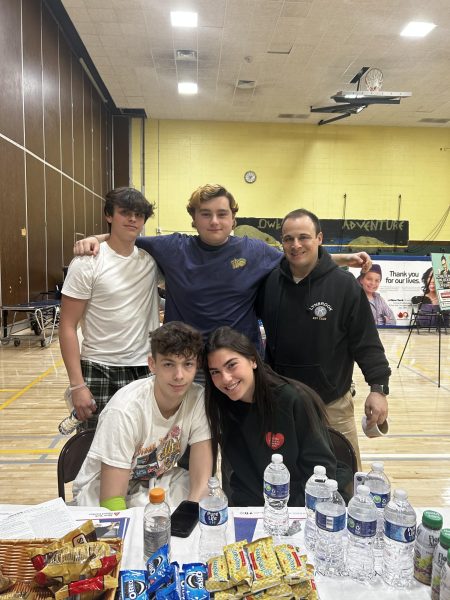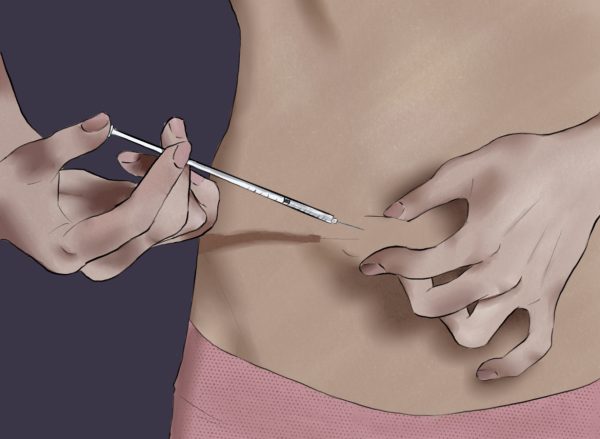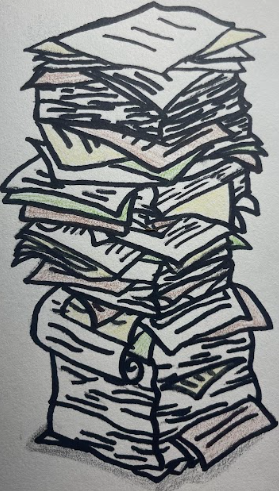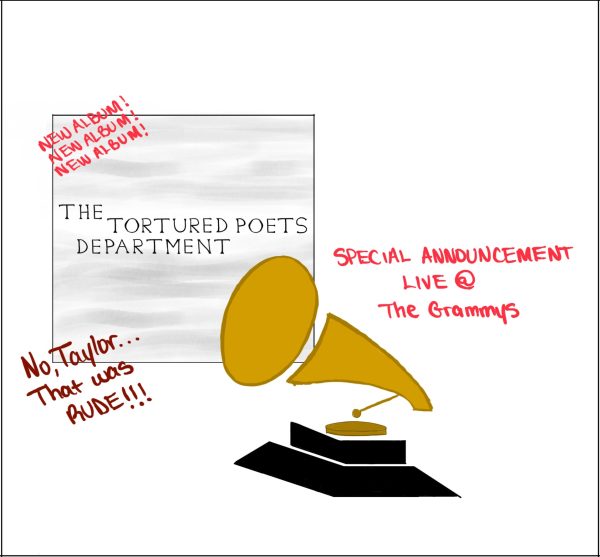LHS’s Plastic Problem
“Water is the gift of life.” It is a common expression used by summer camp counselors to remind their campers to drink water. Of course, the necessity for hydration throughout the day applies to high school students as well. A student stopping into Union Bagels during his/her sixth period lunch may reach for a bottle of Poland Spring in the refrigerator, head back to the cafeteria to down the H2O, then chuck the plastic into a garbage can in the middle of the room, never to see it again.
The scenario above is a schoolwide epidemic. While purchasing a plastic water bottle may seem like a quick fix to quench one’s thirst, the detrimental effects that ensue as a result of the overconsumption of single-use plastics far outweigh any benefits.
First, repetitively buying plastic water bottles is ineffective in terms of cost in the long run. The average cost of a bottle of water, whether from a local lunch location or the in-school vending machines, is $1.00. In contrast, depending on the volume of the bottle, a S’well water bottle can cost anywhere between $19.99 and $55.00 (Swell.com).
On social media, people have commonly been referring to “cost per use” of a product. Buying one $1.00 water bottle every school day during the week, during the 40 weeks of school per year, for four years, would be $720 spent on water in four years of high school. Purchasing a $20.00 water bottle once and reusing it for four years saves $700.
In addition, there are a plethora of health risks associated with the regular use of plastic water bottles. While single-use plastics are not pouring out chemicals left and right, they can “leach” trace amounts of certain chemicals when exposed to heat. As posted on USA Today’s website (USAToday.com) on Oct. 15, 2021, polyethylene terephthalate, which is used in single-use plastics, is known to leach antimony, which can cause lung, heart, and stomach issues.
Plastic water bottles are not the only culprit in the student body’s excessive consumption of single-use plastics; single-use cups are greatly contributing to the problem as well. A lunchtime visit to Dunkin’ or Starbucks will often involve a student purchasing an iced beverage contained in a plastic cup. Unless he finishes the iced coffee before the end of the period and has the capacity to recycle the cup in the cafeteria, he will then take it to his next class, where there is no recycling bin in the room. The empty Dunkin’ cup will meet its demise in a landfill, destined to an eternity of contributing to pollution.
For example, senior Lola Sokolskiy averages five cups of iced coffee a week, which equates to five plastic cups a week. Sokolskiy is among the good Samaritans of the plastic recycling world, especially when it comes to her lunchtime caffeine dosage: “I would say I try to recycle at any moment I can. The cafeteria is great, because I can actually throw my plastic cup in the recycling bin!’ Although Sokolskiy’s efforts are highly appreciated, other students who are in more of a rush may not take as much care on a day-to-day basis in terms of plastic recycling. Even the Environmental Club’s slideshow reminders to recycle are falling upon deaf ears.
In fact, the reminders to recycle are falling on the ears of students who do not even know where the recycling bins are. “I honestly could not tell you where a single recycling bin is, or if there even are any,” sophomore Brooke Mazzei said. An avid coffee drinker, like Sokolskiy, Mazzei said that if there were recycling bins in the school wherever there are trash cans, it would make a huge difference.
Although these quick coffee locations do often serve their iced drinks in plastic, locations like Starbucks do allow consumers to bring their own reusable Starbucks cup for their drinks to be served in. If that is the case, then how come more companies and businesses are not implementing this option or making it more accessible?
The answers are profit, greed, and laziness. Even if a student brings her own reusable water bottle to school every day and always remembers to keep her venti Starbucks cup in her cup holder, that is not going to stop vending machines and refrigerators from being restocked with bottle after bottle of single-use plastics; it is certainly not going to stop a major coffee corporation from discontinuing its use of single-use plastics, either.
While it may seem like there is no hope or solution to put an end to this epidemic, students can collectively take steps to slow down the progression. First, the more students bring their own water bottles instead of constantly purchasing single-use plastic bottles, the more difficult it will be for businesses to sell them. Next, there are plenty of resources online and on social media that students can utilize to peacefully protest the continued production of single-use plastics, including lobbying to Congress or signing petitions. Finally, students must recognize that using plastic is not inherently bad, as long as they remember to recycle it properly.
In their combined efforts, LHS students will hopefully soon realize the dangers and consequences of consumption of single-use plastic but also the changes they can make together to stop the problem.

Hey there! My name’s Gianna, and I’m a member of the Class of 2025, along with many clubs here at LHS. In my spare time, you can find me on the stage,...

